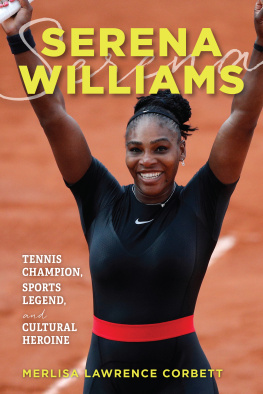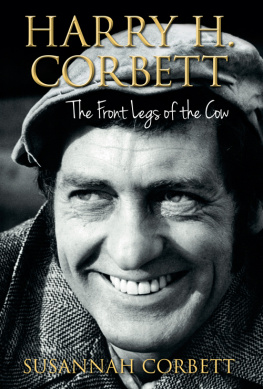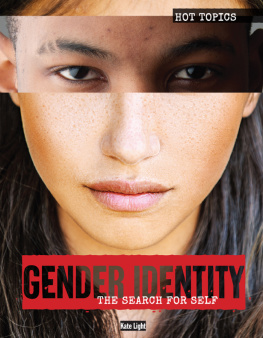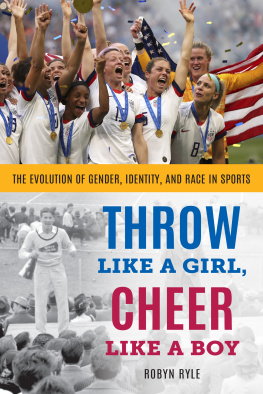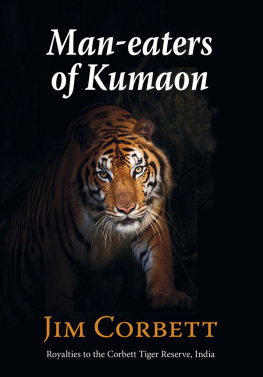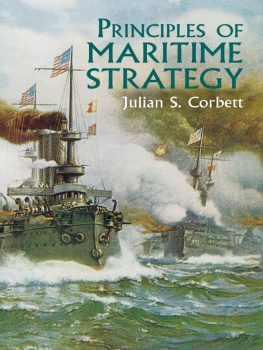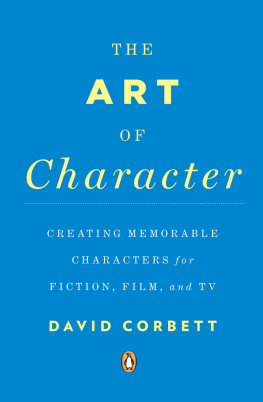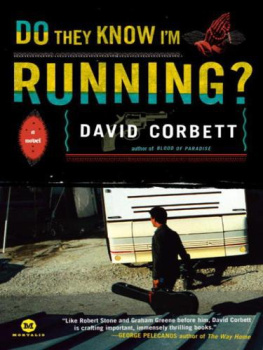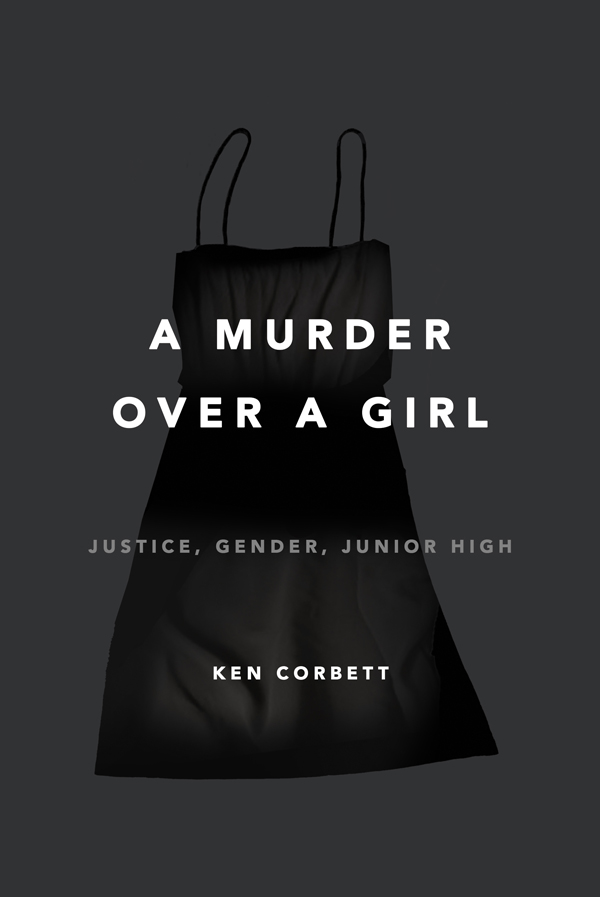Contents
Guide

The author and publisher have provided this e-book to you for your personal use only. You may not make this e-book publicly available in any way. Copyright infringement is against the law. If you believe the copy of this e-book you are reading infringes on the authors copyright, please notify the publisher at: us.macmillanusa.com/piracy.
I begin by thanking the community of Courtroom 51, who graciously allowed me to live among them during the summer of 2011. To the extent that I have not fully captured their stories or their grief follows on my limits, not theirs.
I could not have written this book outside of my friendships with Judith Butler and Gayle Salamon. My ability to think this book and to survive the trauma it tells rests on the kindness and brilliance of their good company.
This book gathered with the help of many research and clerical assistants, whom I wish to thank: Pascale Boucicaut, Kathy DeLaO, Ted Dodson, Jessie Gaynor, Meg Giles, Christian McCulloh, Stella Tan.
I especially want to thank my Agatha, Kris Clarkin, for her local sleuthing and her steadfast generosity.
I benefited greatly from trenchant readings offered by Frances Coady, David Hopson, AB Huber, Daniel Kaizer, and Adam Moss.
I thank Sarah Burnes for her faith, and Barbara Jones for her determination. It has been my good fortune to have them in my corner.
Michael Cunninghams devotion has made mine a richer life. His eye, his poetry, his persistence have made this a richer book. I am forever grateful.
I want to recognize Laura, Linnie, Leora and Linda, my mother, my grandmother, my aunt and my cousin, who loved beyond the expected. As well, I wish to honor my late father, James, the reader.
I dedicate this book to Sasha Vorlicky, who found his way from fourteen to see anew.
You are not one of us.
CHARLES DICKENS
Have you tried not to think about this at all until today?
Yes.
Is this really hard for you?
Yes.
Did you see Brandon when he came into the courtroom this morning?
Yes.
You saw the same person that you saw shoot Larry King?
Yes.
Yes? Where is he sitting?I knowIm not going to ask you to look at him. But can you tell me where he is sitting?
Behind me.
Deep breath. Where?
Behind me.
Mariah Thompson had come to testify in The People of the State of California v. Brandon David McInerney . Three years earlier, on February 12, 2008, fourteen-year-old Brandon shot fifteen-year-old Lawrence Larry Fobes King twice in the back of the head, during their first-period English class at E. O. Green Junior High in Oxnard, California.
On this, the second day of the trial, July 6, 2011, Brandon stood accused of first-degree murder, lying in wait, and a hate crime. The hate was said to be gender hate. Larry King had begun referring to himself as a girl a few days before he was killed, and it was alleged by the Ventura County district attorney that Brandon killed Larry because of his perceived gender or sexual orientation.
The bailiff, Los Angeles district deputy sheriff Mike Anton, met Mariah at the main door to Courtroom F51 of the Superior Court of the State of California, Los Angeles County, Chatsworth, California. Room F51 was a windowless, though brightly lit, sage-green box. It had been built for wear: plastic wood veneers, poorly padded folding seats, concrete floors. Even the sparse carpeting was made to endure, not bounce.
Mariah had been a classmate of Larry King and Brandon McInerney, and an eyewitness to the shooting. Sheriff Anton offered his hand to guide her to the witness stand. She did not look up as she walked past the visitors gallery toward the well of the court. Sheriff Anton opened a small gate in the waist-high wall that divided the gallery from the well, and gently directed Mariah between the tables used by the prosecution and the defense teams.
Wearing a white cotton sundress and black ballet flats, she recoiled, even as she advanced, walking with her head bent forward, her shoulders rounded into her round frame. She made no eye contact. She stopped a few feet before the judges bench. She tugged at the edge of her salmon-colored cardigan sweater.
The judge, the Honorable Charles W. Campbell, sat at his imposing bench, above Mariah. The clerk of the court, the record keeper, and her assistant sat at a long desk, perpendicular to the judges bench, on the right. The court reporter sat just below the judge, not far from where Mariah stood. The jury was seated on a three-row riser, to Mariahs left.
Sheriff Anton instructed Mariah to raise her right hand and face the clerk. Mariah did not turn, nor did she look toward the clerk. She did, though, raise her hand barely above her hip.
Holding a Bible, Madame Clerk asked, Do you solemnly swear that the testimony you are about to give in the case now pending before this court is the truth, the whole truth and nothing but the truth, so help you God?
Mariah nodded and was sworn in.
With Sheriff Antons help, she made her way up a single step to the witness stand, a small perch sandwiched between the judges bench and the jury box.
Mariah sat hunched on the edge of the brown upholstered chair, the sort one might see in an office cubicle. Sheriff Anton, the unerring butler of the courtroom, ran his hand over the rail, as if to demonstrate that Mariah was protected. She stated her first name and spelled it. She looked, for the first time, out at the room.
* * *
FIFTY-SEVEN PEOPLE HAD GATHERED. THE judge, businesslike and patrician, could have just as easily been sitting at the head of a conference table in a corporate boardroom, his wavy silver hair carefully combed. Joining him at the front of the room were the patient women who ran the proceedings: the clerk, her assistant, and the court reporter.
There were twelve jurors. Nine women, three men. Eight wore wedding rings. Nine were white. Three were brown. During jury selection, three had indicated that they were retired; they were formerly a businessman, a career military man, and a social worker. Seven, all of them women, had reported that they were of middle age: three housewives, two nurses, one teacher, one office worker. Two of the jurors were younger: a female college student and a young man who worked in his familys business. Two were fathers. Seven were mothers.
The prosecution and the defense teams also sat in the well. Leading the prosecution was Deputy District Attorney Maeve Fox, a petite woman who wore the kind of suits women wear to formal lunches in fashion magazines. She was focused on her notes and did not look up as she stacked folders and arranged three-ring binders. Her habit of order comically collided with the disorganization of her investigator, Robert Coughlin, who sat next to Ms. Fox and seemed to be looking for something that had gone missing.
Heading up the defense was Scott Wippert, whose belt was as tight as he could cinch it, yet he still had to hitch up his pants. (I would later learn that he had lost ten pounds as he prepared for the trial.) Mr. Wippert was leafing through a yellow legal pad, making notes. Like Ms. Fox, he did not look up.
Robyn Bramson, the defense co-counsel, a freshman litigator, looked around the room. She squinted and squirmed. Kathryn Lestelle, the defense investigator, sat at the edge of the table, struggling to gather the tangled nests that were her hair and her notes.


